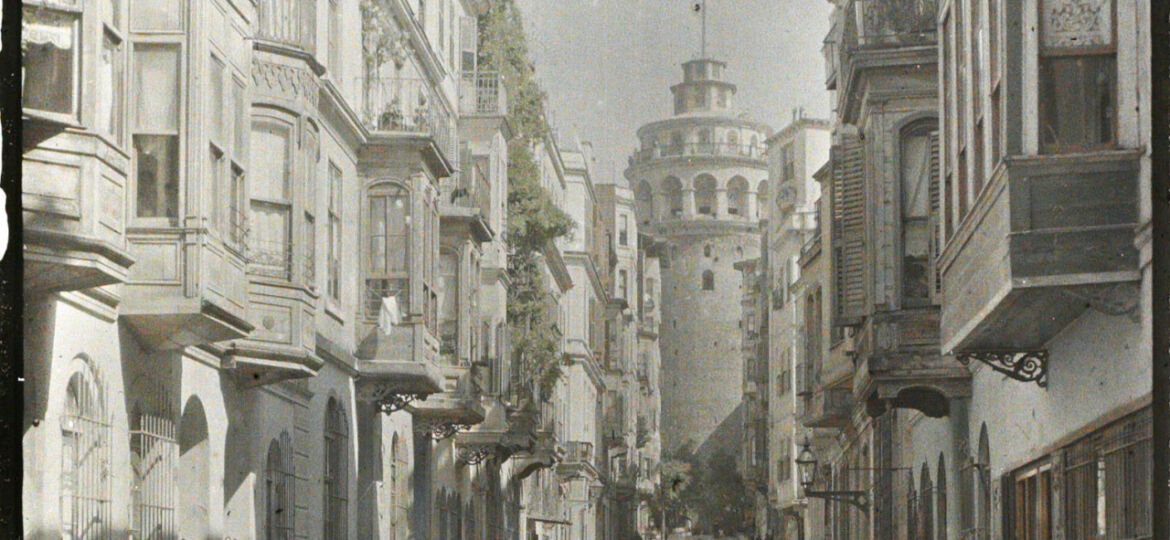
Fig. 1. Istanbul, street leading up to the Galata Tower (photo by Albert Kahn, 1913, No. A2307S, Albert Kahn Museum).
Fig. 2. Istanbul, Hagia Sophia, bronze door (photo by Gabriel Millet, Photo Archives, EPHE).
Photography is a technical and mechanical means of preserving a graphic representation of places, monuments, objects, people, and moments. It can be used as a historical testimony—an approach taken, for example, by the French banker and philanthropist Albert Kahn in his attempt to create the Archives of the Planet between 1908 and 1931[1]—or as a research and documentation tool—an approach we adopt in the humanities and social sciences, as evidenced by the photographs of monuments taken by the Byzantinist Gabriel Millet in the late nineteenth and early twentieth centuries.[2] Photography is also a means of expression that bears the signature of its author and whose objectivity is equal to any artistic work.
However, for several decades, photography has become, in the words of the sociologist Pierre Bourdieu, a “popular art.”[3] Film cameras and the slow and complex process of developing photographs have given way to digital cameras and smartphones capable of capturing, in high definition, fixed images of our private lives and our travels. These digital tools allow for easy and instantaneous snapshots. They lead us, in a consumerist way, to take an unlimited number of images, most of which are stored indefinitely in our smartphones or computers, without much consideration.
Photography is today overexploited and tends to be conditioned by the dominant visual discourses conveyed by the vast media landscape. These discourses construct cultural codes that define the value of a place, transforming a specific site into an appreciable, visitable, or unmissable and “instagrammable” place. The same places and monuments of Istanbul, as in any tourist city, become the subject of countless photographs, or rather the background in front of which people pose in their best light. These stereotypical photographs, whose colors are often oversaturated by smartphone filters that alter our perception of reality, flood the internet and social media. Unconsciously, these discourses and images influence the way we perceive, experience, and photograph places.
Since my arrival at ANAMED, I have wanted to build my own experience and perception of Istanbul, trying to detach myself from these visual dictates (the choice of black and white photography is partly a result of this intention). My research on the experience of the architectural space of Byzantine monuments has undoubtedly influenced my relationship to the city and to photography. Of course, the architecture of the Byzantine buildings attracted most of my attention.
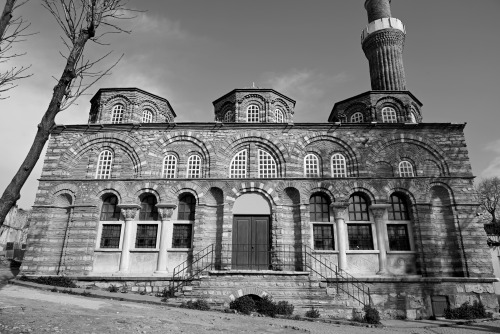

Fig. 3. Vefa Kilise Camii, western façade (photo by the author). Fig. 4: Küçük Ayasofya Camii (St. Sergius and Bacchus), columns and capitals (photo by the author).
Beyond photographic documentation, it is possible to look at and photograph the monuments we visit and study in a different way, especially by examining how they are integrated into the modern cityscape and how people use their spaces today. In doing so, details such as the contrast between the recently restored Tekfur Sarayı and the nearby pile of rubble, the calmness of a man praying in Fenari Isa Camii (Constantine Lips Monastery), or the movement of a child playing ball in front of Zeyrek Camii (Pantokrator Monastery) can attract our attention.
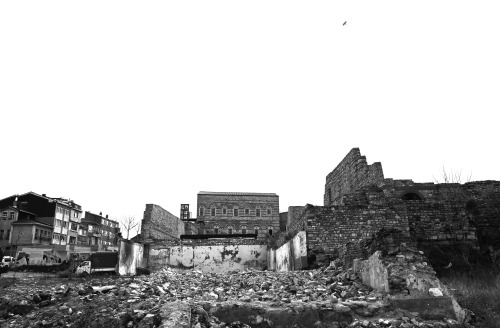
Fig. 5. Tekfur Sarayı (photo by the author).
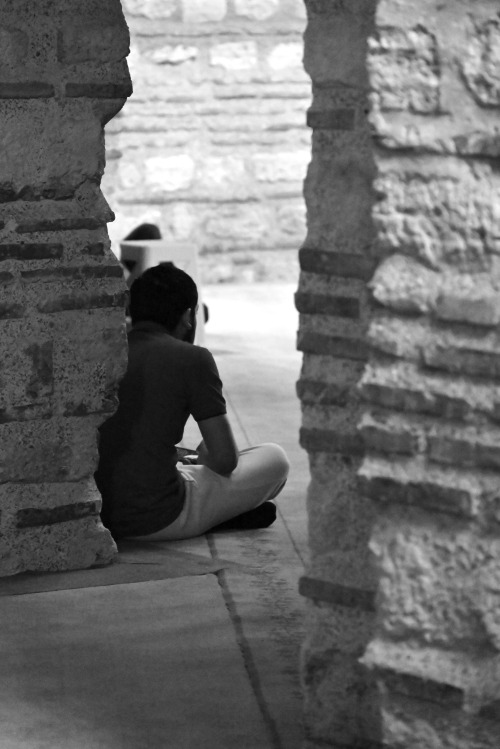
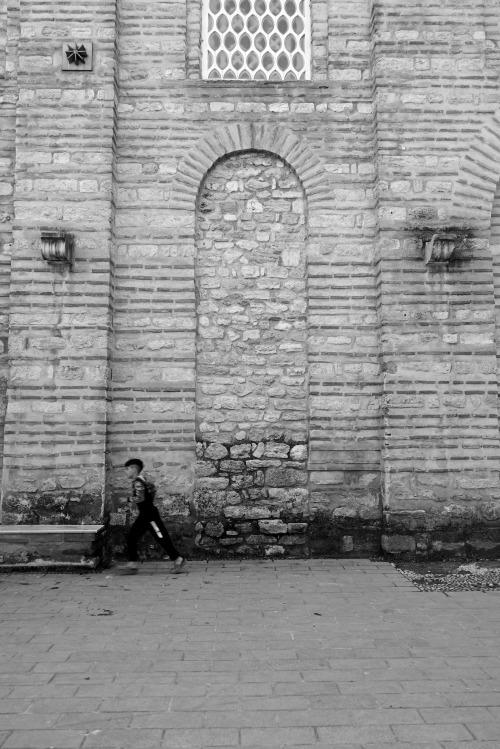
Fig. 6. Man in Fenari Isa Camii (Constantine Lips Monastery) (photo by the author). Fig. 7. Child in front of Zeyrek Camii (Pantokrator Monastery) (photo by the author).
Besides Byzantine and Ottoman architectural heritage, Istanbul’s vibrant and colorful urban space deserves more attention. Istiklal Caddesi, which is difficult to avoid if you live in ANAMED, is passed by thousands of people every day. Many of them take selfies and pictures of each other or walk around with their smartphones in hand, continuously filming the hustle and bustle of the street, probably without really paying attention to the urban space. To experience it and to photograph it, it is necessary to slow down, to stop, to turn around, and to look up above the sometimes-oppressive crowd to observe and capture, for example, some architectural details or a man discreetly watching urban life from his window.

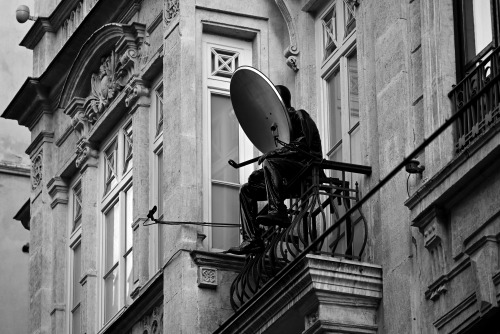
Fig. 8. Istiklal Caddesi (photo by the author). Fig. 9. Istiklal Caddesi (photo by the author).
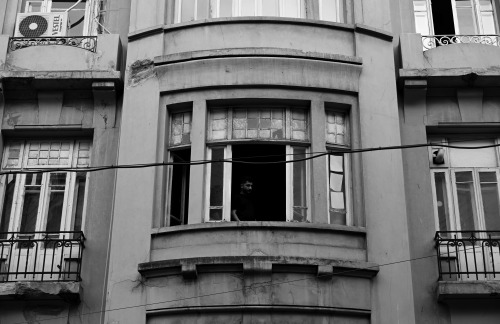
Fig. 10. Sıraselviler Caddesi (photo by the author).
To experience Istanbul through photography, it is necessary to voluntarily lose oneself in the city and to be open to possibilities, opportunities, unexpected events, and encounters. In this way, it is possible to observe space, architecture, scenes of everyday life, people’s attitudes, spontaneous movements, effects of light and shadow. In short, the practice of photography allows us to see what is attractive and visible but also to pay attention to what is ordinary and sometimes hidden or invisible. Such an approach to the city can sometimes be uncomfortable, as it puts us in a contradictory position: between a voyeur, eager for aesthetic visuals, and a detached onlooker, aware of the various aspects of a place and its atmosphere. By unknowingly photographing children playing in the street, a man painfully carrying a washing machine, or a woman sitting on a bench focused on her phone, I experienced this ambivalent situation myself. Photography can thus lead us to question our relationships with others and sometimes to overcome our fears of rejection when we ask permission to take someone’s picture.


Fig. 11. Tünel, Istiklal Caddesi (photo by the author). Fig. 12. Children, Balat (photo by the author).


Fig. 13. House, Fatih (photo by the author). Fig. 14. House, Fatih (photo by the author).

Fig. 15. Man, Fatih (photo by the author).
The act of photography, in my opinion, has other effects on the person who practices it. It teaches us patience in order to capture the desired image, a quality we often lack in our productivity-driven society. Experiencing urban space through photography can allow us to take a break from the frenetic pace of our academic lives, as it leads us to develop an alternative conception of space and time.
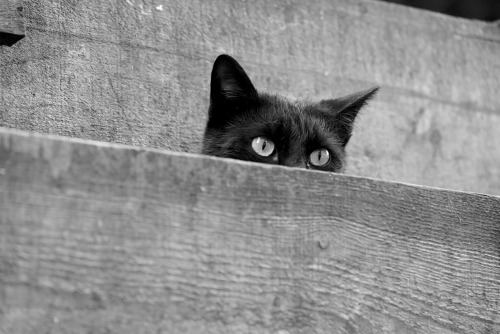
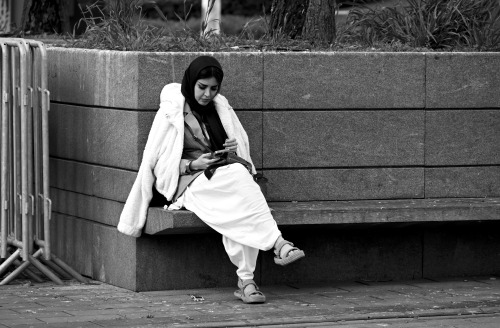
Fig. 16. Cat, Fatih (photo by the author). Fig. 17. Woman, Taksim (photo by the author).
Therefore, photography is not just a matter of pressing a button to mechanically fix a part of the urban space and its inhabitants in an image. By walking around, looking for photographable objects and framing them, we appropriate the space and try to give a meaning to what we see. Photography can then be used by anyone (with a camera or a smartphone) to record their own experience of space, to visualize their perceptions and engagements with the place, or to explore their aesthetic and expressive capacities.
—————————————————————————————————————————————————-
[3] Bourdieu, Pierre, ed., Un art moyen : essai sur les usages sociaux de la photographie (Paris: Les Editions de Minuit, 1965).

